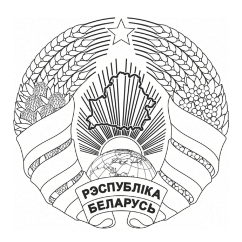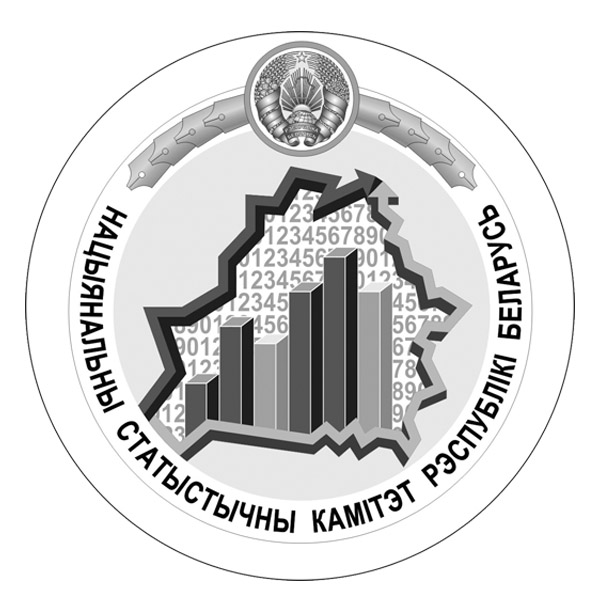I.3. Waste recovery
download the file in Excel format for 2010–2024
Brief description:
Generation of solid municipal waste, recovery of solid municipal waste, proportion of solid municipal waste recovered in total solid municipal waste generated.
Generation of industrial waste, recovery of industrial waste, proportion of industrial waste recovered in total industrial waste generated.
Recovery of solid municipal waste and industrial waste in the Republic of Belarus
(as percentage of total)

Methodology:
Waste recovery is the use of waste for manufacturing products (waste processing), production (generation) of electric and (or) thermal energy, performing of works (provision of services).
Municipal waste comprises all consumption waste and industrial waste included in the List of industrial waste referred to municipal waste. The List is established by the Ministry of Housing and Communal Services.
Solid municipal waste recovery includes data about:
• secondary raw materials (paper and cardboard, glass, polymer, worn tires, waste oil, waste of electrical and electronic equipment and ferrous and nonferrous scrap) removed from solid municipal waste;
• organic, calorific and inert fractions of solid municipal waste that was used.
Data on mass of solid municipal waste generated are calculated as a sum of mass of solid municipal waste recovered and mass of solid municipal waste landfilled.
Industrial waste includes waste generated in the process of economic activity of businesses and individual entrepreneurs (manufacture of goods, production (generation) of energy, performing of works (provision of services));
Hazardous waste is waste containing substances with a hazardous property or properties, in such amounts and state, that this waste itself or when entering in contact with other substances, may pose a direct or potential danger to the environment, human health, or property due to its detrimental effect.
Industrial waste is classified by hazard category in accordance with the National classification of the Republic of Belarus 021-2019 "Classifier of waste occurring in Belarus", where
• category 1 is extremely hazardous waste;
• category 2 is high-hazard;
• category 3 is hazardous;
• category 4 is low-hazard;
In addition, there is a “Non-hazardous waste” category.
Data source:
Industrial waste: state statistical report 1-отходы (Минприроды) «Отчет об обращении с отходами производства» (Report on industrial waste management); the data producer is the Ministry of Natural Resources and Environmental Protection of the Republic of Belarus;
Municipal waste: administrative data; the data producer is the Ministry of Housing and Communal Services of the Republic of Belarus.
Relevance of the indicator:
Provide measurement of anthropogenic impact on the environment. The dynamics of waste recovered in total of waste generated makes it possible to analyze what proportion of waste is being recovered and to assess the environmental consequences, taking into account the final disposal of waste.

